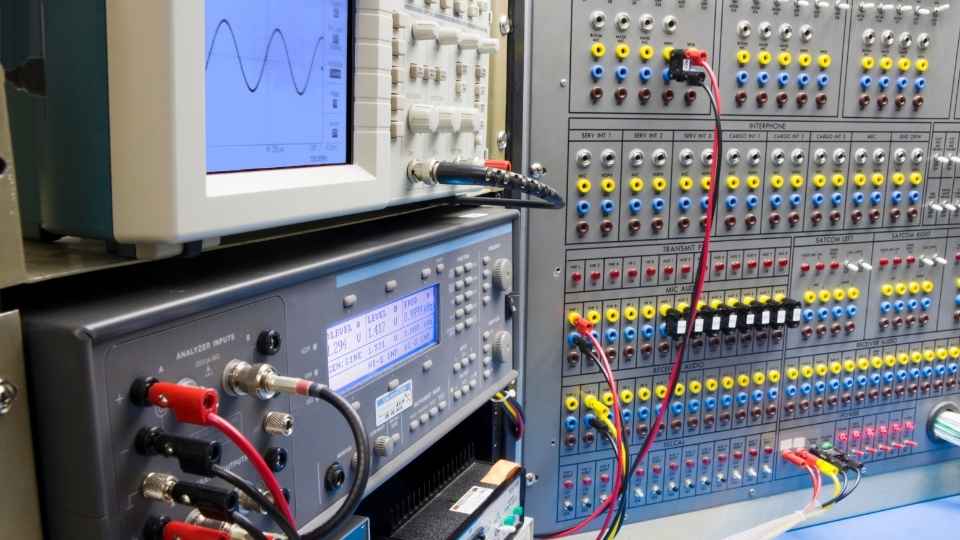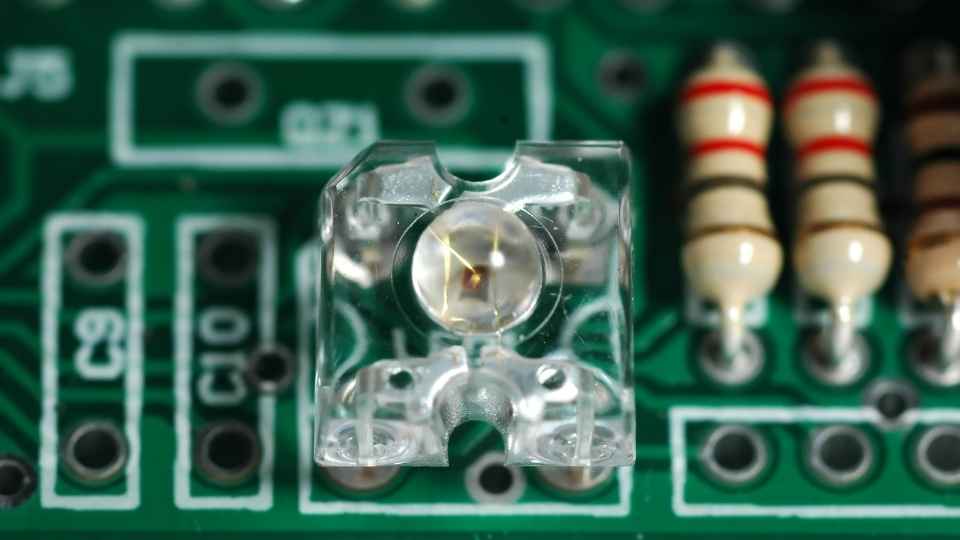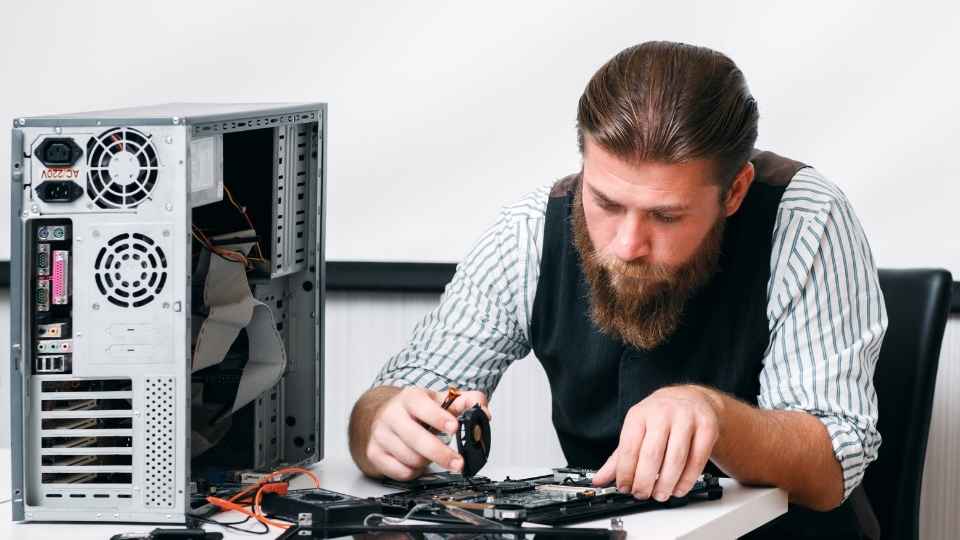
Welcome to the world of audio electronics engineering, where technical prowess meets artistic finesse. Are you ready to embark on a journey that will unlock the secrets behind crafting the ultimate audio experience?
In this article, we will delve into the intricate realm of signal processing techniques, speaker design mastery, advanced amplifier circuitry exploration, and the endless possibilities offered by digital audio technology.
Prepare yourself for a deep dive into professional sound engineering techniques that will liberate your sonic creations like never before.
Key Takeaways
- Audio signal processing techniques such as equalization, compression, reverberation, delay, and modulation effects play a crucial role in crafting the ultimate audio experience.
- Speaker design mastery, including careful selection of transducers, enclosure design, crossover networks, and the use of advanced simulation tools, is essential for delivering an immersive listening experience with accurate sound reproduction.
- Advanced amplifier circuitry exploration, particularly with Class-D amplifiers and the integration of digital signal processing algorithms, allows for high power efficiency, precise control over audio signals, and optimization for specific audio applications.
- The endless possibilities of digital audio technology, including digital signal processing algorithms, manipulation and optimization of sound aspects, elimination of unwanted noise, and enhanced flexibility and customization options, contribute to creating the ultimate audio experience.
Understanding Audio Signal Processing Techniques
Audio signal processing techniques play a crucial role in enhancing the quality and fidelity of audio signals, allowing engineers to manipulate and shape sound to create the ultimate audio experience. These techniques involve various methods that analyze, modify, and synthesize audio signals to achieve desired outcomes.
One key technique is equalization (EQ), which adjusts the frequency response of an audio signal to optimize its tonal balance.
Another important technique is compression, which reduces the dynamic range of an audio signal by attenuating loud sounds and boosting soft sounds.
Additionally, reverberation adds depth and ambience to audio recordings by simulating natural acoustic environments.

Other techniques include delay, modulation effects like chorus and flanger, as well as spatialization for creating immersive surround sound experiences.
Mastering the Art of Speaker Design
When designing speakers, it is crucial to understand the intricacies of acoustic engineering and apply them skillfully to achieve optimal sound reproduction.
The design process involves a deep understanding of transducer technologies, enclosure design, and crossover networks.
Transducers, such as woofers and tweeters, must be carefully selected based on their frequency response characteristics and power handling capabilities.
The enclosure design plays a vital role in controlling the speaker's frequency response and minimizing unwanted resonances.
Crossover networks ensure that each driver receives the appropriate frequency range for which it is designed.
By meticulously considering these factors and employing advanced simulation tools, audio engineers can craft speakers that deliver an immersive listening experience with accurate sound reproduction across the entire frequency spectrum.

With this foundation in place, we can now delve into exploring advanced amplifier circuitry to complement these high-quality speakers.
Exploring Advanced Amplifier Circuitry
To delve deeper into the realm of advanced amplifier circuitry, it is essential to understand the intricate workings of various amplifier topologies and their impact on signal quality and power efficiency.
One such topology is the Class-D amplifier, which has gained popularity due to its high power efficiency. Unlike traditional linear amplifiers, Class-D amplifiers use pulse width modulation (PWM) techniques to convert the input audio signal into a series of pulses that can be amplified efficiently by switching transistors. This results in reduced power dissipation and improved energy efficiency.
Furthermore, advancements in semiconductor technology have allowed for the integration of digital signal processing algorithms directly into amplifier circuits, enabling precise control over audio signals and enhancing overall sound quality.
With this foundation in place, we can now explore how digital audio technology can further unleash the potential of amplifier circuitry.
Unleashing the Potential of Digital Audio Technology
The integration of digital signal processing algorithms into amplifier circuits allows for precise control over sound signals and enhances the overall quality of the audio output. By leveraging the power of digital technology, audio electronics engineers can manipulate and optimize various aspects of the sound, such as equalization, dynamic range compression, and spatial imaging.
Digital signal processing algorithms enable engineers to tailor the audio experience according to individual preferences while maintaining a high level of fidelity. With these advanced techniques, they can eliminate unwanted noise, enhance clarity and detail, and create a more immersive listening environment.

The incorporation of digital audio technology opens up a world of possibilities in crafting the ultimate audio experience. Building on this foundation, let us now delve into the secrets of professional sound engineering techniques that can further elevate your auditory journey.
Secrets of Professional Sound Engineering Techniques
Utilizing advanced sound engineering techniques enhances the overall quality and precision of audio output. To achieve the ultimate audio experience, audio electronics engineers employ various methods and tools. Here are four secrets of professional sound engineering techniques:
Acoustic treatment: By optimizing the room's acoustics through proper placement of absorption panels, diffusers, and bass traps, engineers can minimize unwanted reflections and resonances.
Equalization (EQ): Precise EQ adjustments allow engineers to fine-tune the frequency response of audio signals, ensuring a balanced and accurate representation of the source material.
Compression: Skillful implementation of compression helps control dynamic range by reducing peaks and boosting quieter elements, resulting in a more polished and cohesive sound.
Spatial imaging: Techniques like stereo panning, reverb processing, and surround sound mixing create an immersive listening experience that enhances spatial perception.
Frequently Asked Questions
What Are Some Common Challenges Faced by Audio Electronics Engineers in Their Day-To-Day Work?
Common challenges faced by audio electronics engineers include troubleshooting complex technical issues, ensuring optimal sound quality, staying up-to-date with emerging technologies, managing project timelines and budgets, and collaborating effectively with cross-functional teams.

How Can an Audio Electronics Engineer Ensure the Highest Level of Audio Quality in Their Designs?
To ensure the highest level of audio quality in their designs, an audio electronics engineer must carefully select components, optimize signal paths, and conduct rigorous testing. Attention to detail and a deep understanding of audio principles are paramount in achieving the ultimate audio experience.
What Role Does Psychoacoustics Play in the Field of Audio Electronics Engineering?
Psychoacoustics plays a crucial role in the field of audio electronics engineering by studying how people perceive and interpret sound. This knowledge informs the design process, enabling engineers to create systems that optimize sound quality and enhance the overall audio experience.
Can You Provide Some Tips for Troubleshooting Common Issues in Audio Equipment?
When troubleshooting common issues in audio equipment, it is essential to follow a systematic approach. Begin by identifying the specific problem and gathering relevant information. Then, systematically test and analyze different components to isolate and resolve the issue efficiently.
Are There Any Specific Industry Standards or Certifications That Audio Electronics Engineers Should Be Familiar With?
Audio electronics engineers should be familiar with industry standards and certifications such as AES, CEDIA, and THX. These standards ensure the quality and compatibility of audio equipment, allowing engineers to craft the ultimate audio experience for their customers.
 Basic Electronics ConceptsEssential ToolsCircuit Design BasicsMicrocontrollersDIY Electronics ProjectsRoboticsPrivacy PolicyTerms And Conditions
Basic Electronics ConceptsEssential ToolsCircuit Design BasicsMicrocontrollersDIY Electronics ProjectsRoboticsPrivacy PolicyTerms And Conditions
